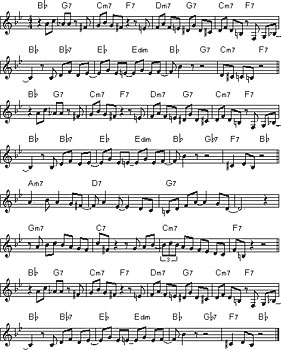 Rhythm in Hindustani Classical Music follows two basic ways of thinking- Anibaddh and Nibaddh. It means that which is free and has no meter at all, and that which is definitely metric respectively. Nibaddh follows a definite rhythm as it is in a metric cycle or Tala. The rhythms all come from speech patterns, which were made into poetic meters, and then classified according to types. These became spoken as abstract syllables, grouped into types containing short (given a count of 1) and long (given a count of 2) syllables. These were given specific names, like Magana (2 + 2 + 2), Jagana (1 + 2 + 1), Yagana (1 + 2 + 2), and so on. These became the sections of the Tala system. These poetic meters were the systematic combination of long and short vowel sounds, which in turn was translated into rhythmic language.
Rhythm in Hindustani Classical Music follows two basic ways of thinking- Anibaddh and Nibaddh. It means that which is free and has no meter at all, and that which is definitely metric respectively. Nibaddh follows a definite rhythm as it is in a metric cycle or Tala. The rhythms all come from speech patterns, which were made into poetic meters, and then classified according to types. These became spoken as abstract syllables, grouped into types containing short (given a count of 1) and long (given a count of 2) syllables. These were given specific names, like Magana (2 + 2 + 2), Jagana (1 + 2 + 1), Yagana (1 + 2 + 2), and so on. These became the sections of the Tala system. These poetic meters were the systematic combination of long and short vowel sounds, which in turn was translated into rhythmic language.
Tala
Ancient rhythmic theory divided the longer cycles of beats into groups of short (laghu) and long sections. These groups were strung together to make the rhythmic cycles known as Talas. The divisions were marked by hand gestures, namely, claps and waves of the hand. For example, Tintal (literally, "three claps"), the most common Tala today, is a cycle of four groups of four beats, marked by three claps and a wave in the following order: clap-clap-wave-clap.
The claps that signify the divisions of the rhythmic cycle are assigned numbers; waves (some Talas haves more than one) are all called Khali (empty), and are marked with a zero. Since the first beat of any cycle is most important, it has a special name called the Sam and it is marked with a plus sign instead of a 1.
Theka
Indian Musicians substitute the syllable for the numbers. They relate to the Talas through their commonly known drum strokes, which have syllabic names. This signature pattern of drum syllables is known as the Theka. Musicians know the various Talas by their Thekas.
Counting Patterns
Teachers are likely to give their students counting patterns (Ginti exercises) which teach the essentials of maintaining the rhythm and the Tala.
Rhythmic theory in Hindustani music is embedded in all genres of classical music; it is not only for drummers. All musicians use the drum syllables to learn and communicate the different categories of rhythm and their variations. Musicians who do not play the drums can often recite many intricate percussion patterns, as well as certain Thekas.




















